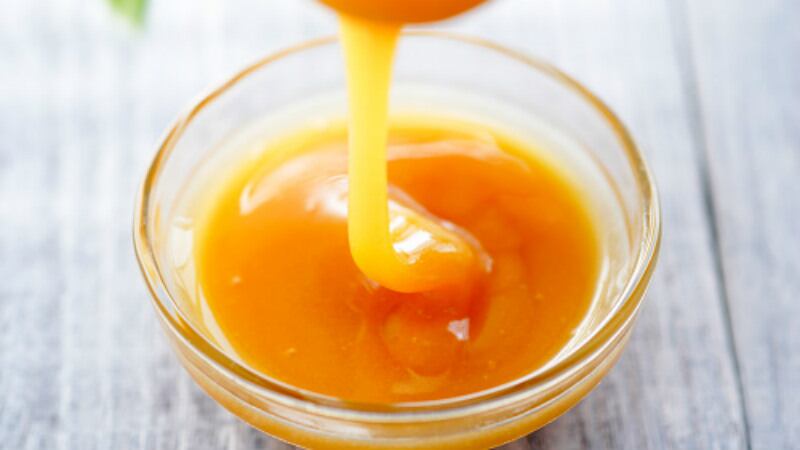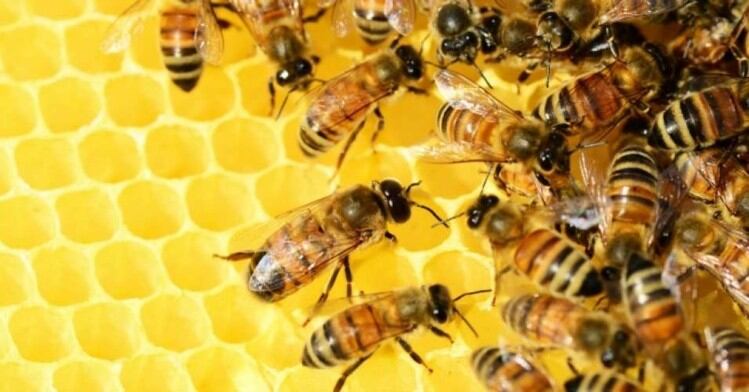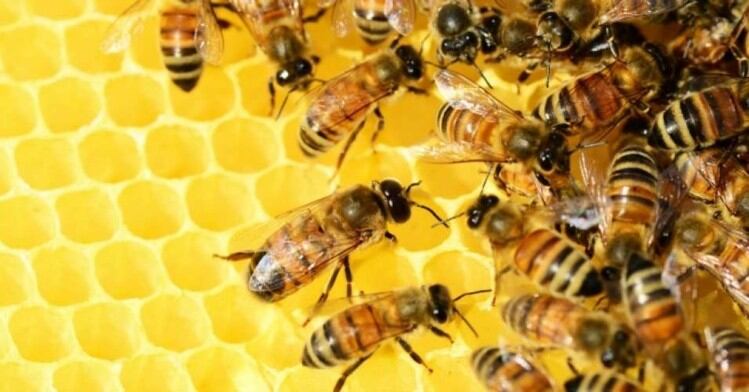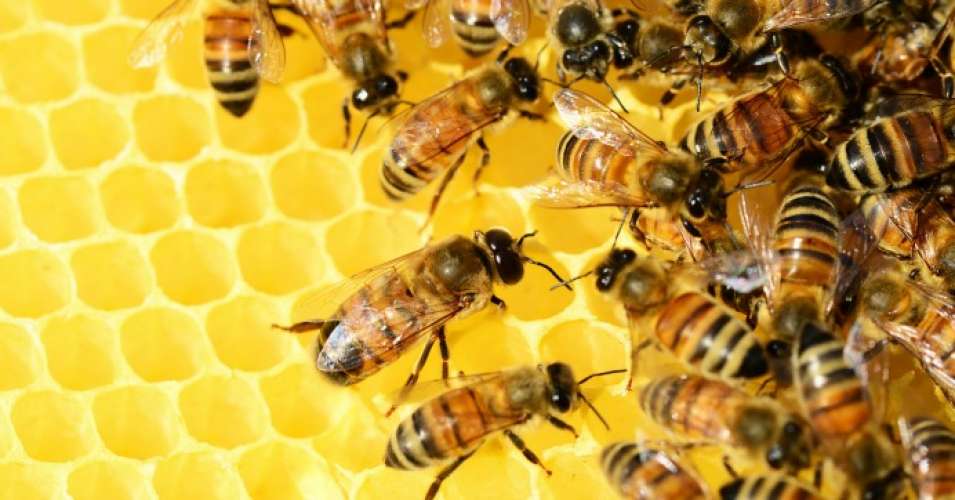New Zealand’s Ministry for Primary Industries (MPI) recently finalised a scientific definition for mānuka honey, which saw five chemical/DNA attributes needing to be fulfilled at strict levels for honey to be defined as either monofloral or multifloral mānuka.
One of the latest changes, affecting the ratios required of some of the chemical attributes, was found to have severe impacts on honey from the country’s Northland region.
Up to half of the mānuka honey originating from the region have been ‘reclassified’ as non-mānuka based on the new ratios, and as such attract a much lower price.
“This has put severe financial strain on many honey businesses in the area,” environment and honey industry consultancy Green Inc Director John Craig told FoodNavigator-Asia.
“In Northland, one of the [definition’s] chemicals (2’-methoxyacetophenone) is low relative to other regions, whereas another (3-phenyllactic acid) is extremely high. This combination violates the ratios set in regulation even though other known markers such as Methylglyoxal (MG) or Unique Manuka Factor (UMF) are high.”
“[We] sought to address the issue that some high quality mānuka honey does not pass the test [due] to regional variations both in the mānuka plant and in climate.
“Northland mānuka is known for a number of differences, which are now known to include the ratio of some of the chemicals used in the government definition of mānuka honey.”
Craig added that Northland contained a high proportion of the indigenous Maoris, and was a more economically deprived area, so the loss of income from high quality mānuka honey has ‘had a number of unfortunate social outcomes’.
“The hui sought to determine the degree of the problem and to urge government to act quickly to reduce the harm, [but although] MPI have stated that the definition is not set in stone and that they are open to working with industry, they are reluctant to undertake rapid action.”
New Zealand Manuka Group General Manager John Hill expressed his support for the call for change, telling us that: “[Although] what MPI has done is very important for the New Zealand Manuka industry, [they may] have to look at adjusting for different regions.”
New Zealand Manuka Group owns and manufactures the Kiwi Manuka and KAHA brands of mānuka honey.
So far, MPI has not demonstrated any intention to make changes to the regulations.
''A definition for a highly variable natural food product is by its nature going to exclude some products, that is its purpose,” MPI General Regulation and Assurance Deputy Director Bryan Wilson told NZ Herald.
“The key thing for the mānuka honey industry is that we're giving our markets and consumers confidence which will be valuable for the industry over time.'”
He added that so far they had ‘heard no evidence to make them change their minds’, and it was necessary for the definition to be a nation-wide one for regulatory purposes.
The hui was held earlier this year and attended by some 80 individuals, including honey industry players and MPI representatives.
MPI’s mānuka honey scientific definition ratio issues
According to the MPI website, all honey claiming to be mānuka need to achieve the required levels of four chemicals (2’-methoxyacetophenone, 2-methoxybenzoic acid, 4-hydroxyphenyllactic acid and 3-phenyllactic acid) as well as required levels of DNA from mānuka pollen.
The definition is stricter for monofloral mānuka honey as compared to multifloral in terms of the 3-phenyllactic acid level – the mānuka is required to contain much higher levels of this, up to 20 times.
Back in 2017 when the mānuka definition was first released for public consultation, the lower limit of 2’-methoxyacetophenone levels were comparable to that in Northland mānuka honey, but this was later raised (from 1 mg/kg to 5 mg/kg) after concerns were raised about producers adding in other types of honey to pass the test.
“[We] are seeking an immediate return to the chemical ratios reported in the science paper. This would immediately recognise the affected honey as mānuka,” said Craig
“This is seen as an interim step while industry and government work together to refine the definition so as to eliminate all known minor problems.”
Craig also appeared to differ in opinion from the MPI with regard to the scientific definition as a whole. Whilst MPI described it as a ‘robust and sophisticated scientific definition’, he said it was based on a ‘science programme with limited industry and science advice’.
“The outcome is a definition that all honey that passes is authentic mānuka or mānuka blend honey,” he said.





